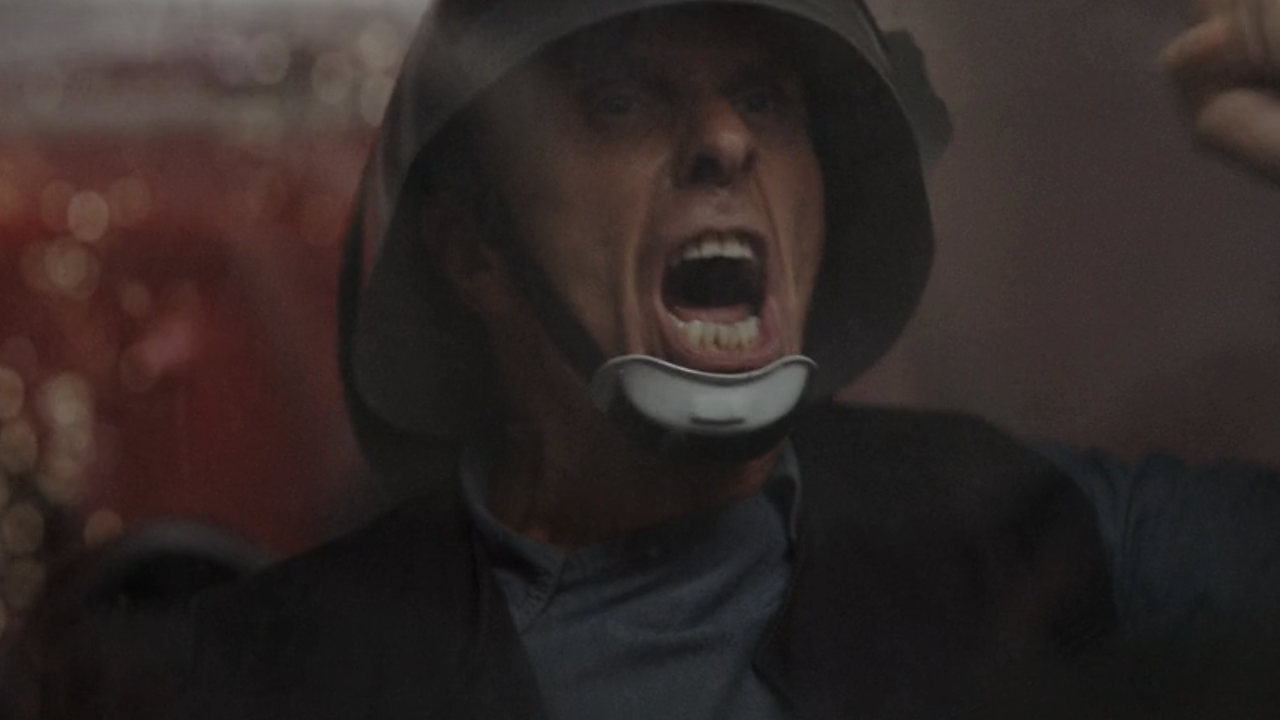The Story Behind Darth Vader’s Incredible Rogue One Scene: Why It Started As ‘Wrong As Wrong Can Be,’ And How They Fixed It
I'm so glad they got this right.
When Disney started making Star Wars movies, fans weren’t sure what to expect. There was intense pressure on Star Wars: Episode VII - The Force Awakens. But Lucasfilm also wanted to broaden its scope, and not just focus on a new trilogy. There were projects announced up and down the timeline, which in the years since have given us the chance to see Ahsoka Tano (Rosario Dawson) in live action, the continuation of Obi-Wan Kenobi’s journey on Tatooine, and the return of Boba Fett. And then there is Rogue One: A Star Wars Story, one of the first new standalone Star Wars stories that picked a place on the timeline right before Star Wars: A New Hope… and gave us one of the most badass Darth Vader scenes featuring the powerful Sith Lord in franchise history.
But that Darth Vader scene wasn’t supposed to be the ending of Rogue One: A Star Wars Story. We’ve learned over the years that Rogue One initially had a happy ending. And the Darth Vader scene that concludes the film was a last-minute add on, when director Gareth Edwards realized that the movie really should tie back to the Sith Lord in some way, shape or form. This week, CinemaBlend’s official podcast ReelBlend got to speak with Rogue One cinematographer Greig Fraser, who has collaborated with Deni Villeneuve on Dune and the upcoming Dune: Part Two. And when we asked him about the Darth Vader scene, we learned so much more.

The Initial Problem With Darth Vader
Greig Fraser picked up his first Oscar for the work he did on Dune. But his other impressive credits include Foxcatcher, Zero Dark Thirty, Killing Them Softly, Let Me In, and The Batman (the last two both with Matt Reeves). There’s so much to discuss with him, but we had to detour into his Star Wars work, which includes both The Mandalorian and Rogue One: A Star Wars Story. Fraser confirmed, as we had heard, that the Darth Vader hallway sequence that concludes Rogue One was “a super late addition to the film,” and that the ending they’d already shot was really good. But it got scrapped once they came up with the Darth Vader idea, because that sounded so much cooler.
Only, when it came time to shoot the sequence, Fraser said they ran into some serious issues with the lighting. As he explained on ReelBlend:
Remember, when he lights a lightsaber in front of him, that should front light him. Because that's what lightsabers do. But if you watch carefully, he's silhouetted. And it's false. It's total false lighting. It's like, ‘The lightsaber comes on and then… there's a light behind him?’ I don't want to destroy it for the people at home, but the lighting is as wrong as wrong can be. It's false and wrong.
Take a look at the scene in question, to see if you can understand what Greig Fraser was stressing out about while trying to light what he knew should be an iconic moment.
We’ve had discussions about how Darth Vader is handled in Rogue One. But we never thought about the lighting, even though that’s crucial to the scene playing out. According to Fraser, when they lit the scene the way you “should” light it, it took the fear factor out of Vader. As he said:
It was like a balloon deflating. And believe it or not, Vader can look a little bit weak if you don't shoot him correctly. And we'd shot him, obviously, for the film before that. And we discovered that. But we'd never done the whole reveal before. And so, when we first did the reveal on set, it was like, ‘Oh, this is not good.’ Or ‘This is not what this film deserves.’

The Simple Fix, The Wonderful Result
Thankfully, according to Greig Fraser, the fix wasn’t all that complicated. He estimates that they spent 10 to 15 minutes reworking the levels on the lighting rigs in the hallway to adjust for the red that was cast by the lightsaber. The concept of the Vader reveal in the darkness was something they had to compute for. And the end result had an unexpected result on the cinematographer.
Your Daily Blend of Entertainment News
As he recalled to ReelBlend:
I remember the first take that we did it, and it worked, we were both like, ‘Oh, it was like being five again.’ It was like being five and seeing Vader for the first time in A New Hope, when he comes in through the smoke. That's how it felt. I'm very happy to have experienced that firsthand.
Isn’t that why we go to the movies? To chase that feeling of wonderment, and of nostalgia, that transports us back to happier times? You might get that out of Dune: Part Two, though I need to warn you that the tone of Denis Villeneuve’s sequel is closer to the darkness of The Empire Strikes Back than it is to A New Hope. Still, the early reviews for Dune 2 prove why it is one of our most anticipated upcoming 2024 movies, so grab your tickets to it and enjoy!

Sean O’Connell is a journalist and CinemaBlend’s Managing Editor. Having been with the site since 2011, Sean interviewed myriad directors, actors and producers, and created ReelBlend, which he proudly cohosts with Jake Hamilton and Kevin McCarthy. And he's the author of RELEASE THE SNYDER CUT, the Spider-Man history book WITH GREAT POWER, and an upcoming book about Bruce Willis.
